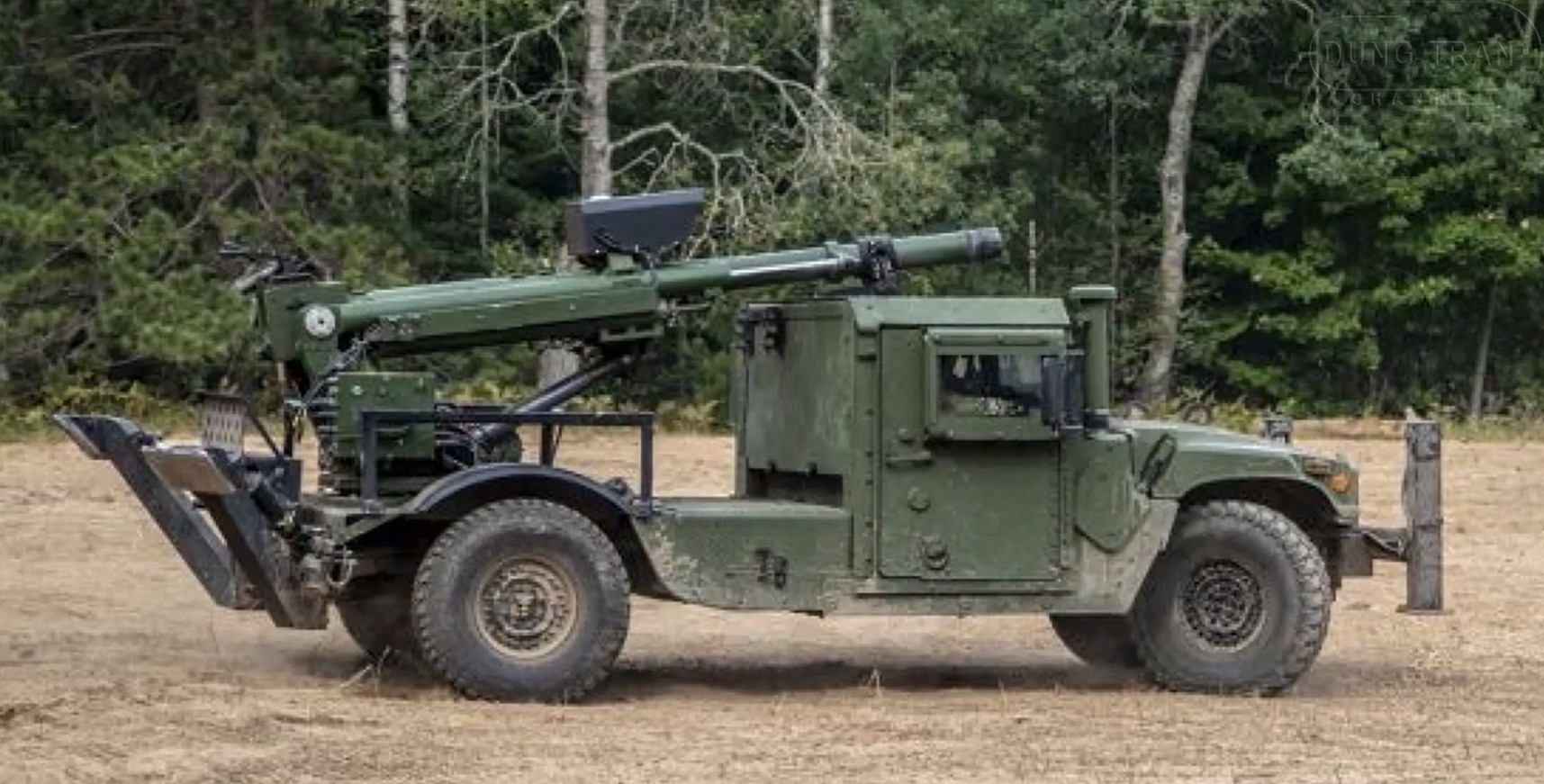Preparing for Special Forces Selection is both a physical and mental challenge that distinguishes itself from traditional military training. It demands not only peak physical fitness but also mental resilience, adaptability, and problem-solving skills. There is an astonishing array of physical exercises that candidates can incorporate into their routine, but experts emphasize a few that are crucial for success.
Running and Hiking
Running, especially long-distance runs, forms the backbone of cardiovascular training for Special Forces candidates. It’s important to alternate steady-state runs with high-intensity interval training to develop endurance and speed. Trail runs and hikes carrying a loaded rucksack are also critical, simulating the rugged terrains candidates might face. These activities build stamina and strengthen legs and cardiovascular systems.
- Long-distance Runs: Aim for 3-5 miles at a moderate pace, gradually increasing distance.
- Interval Training: Integrate sprints and short bursts of high intensity to improve speed and VO2 max.
- Ruck Marches: Practice hiking with a weighted backpack to mimic operational conditions.
Strength Training Essentials
Strength is paramount in overcoming various obstacles during the selection process. Functional strength workouts that emphasize full-body movements are prioritized. Classic weightlifting routines lay the groundwork, but emphasis is also placed on exercises requiring body control and core stability.
- Squats: A foundational movement that enhances leg power and core stability. Deep squats using heavier weights are essential for improving overall lower body strength.
- Deadlifts: A key movement for developing back and leg strength, which aids in lifting and carrying heavy loads over rough terrain.
- Push-ups: Incorporate various forms, including close-grip and clapping push-ups, to build upper body endurance.
- Pull-ups: Critical for upper body strength and endurance. Regular practice with added weights can significantly boost performance.
Functional Movement Drills
Agility, flexibility, and movement efficiency are as important as raw strength and endurance. Incorporating drills that enhance coordination and movement efficiency can make a significant difference. This includes activities that mimic real-world operational demands.
- Obstacle Course Training: Navigate various courses to improve agility and problem-solving under physical stress.
- Box Jumps and Plyometrics: These exercises improve explosive power and the ability to cover ground quickly.
- Bearing Drills: Simulate carrying and dragging maneuvers that you might encounter in the field.
Swimming and Aquatic Training
Water competency is a staple in many Special Forces units. Swimming not only develops cardiovascular fitness but also builds full-body strength and endurance. It is essential for anyone hoping to pass water confidence tests and underwater navigation skills in selection courses.
- Freestyle and Combat Swims: Practice swimming in uniform to develop comfort and endurance in water.
- Diving Techniques: Learn basic diving skills, including surface dives and underwater navigation.
Key Specifications for Exercise Routine:
| Exercise | Reps/Sets | Frequency |
|---|---|---|
| Long-distance Run | 3-5 miles | 3 times a week |
| Interval Training | 20-30 min session | 2 times a week |
| Ruck March | 6-8 miles with 40 lbs pack | Once a week |
| Squats | 5 sets of 5 reps | Twice a week |
| Deadlifts | 5 sets of 5 reps | Twice a week |
| Push-ups | 3 sets of 25 reps | Daily |
| Pull-ups | 3 sets of 8-12 reps | 3 times a week |
By focusing on these key exercises, candidates not only enhance their physical capabilities but also prepare mentally for the arduous tasks that lie ahead. Remember, the physical regimen must be complemented by mental preparedness, rest, and nutrition. Achieving balance across these facets is crucial for successfully navigating the demanding selection process.









